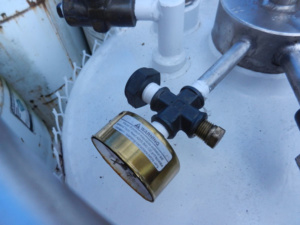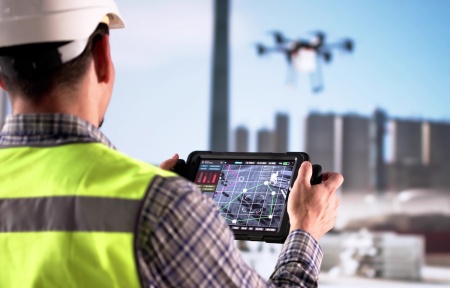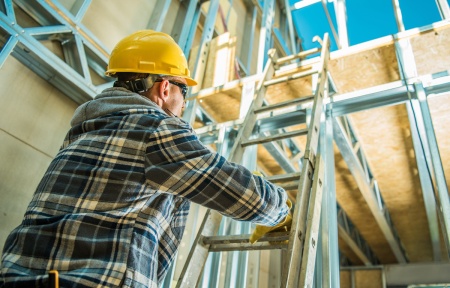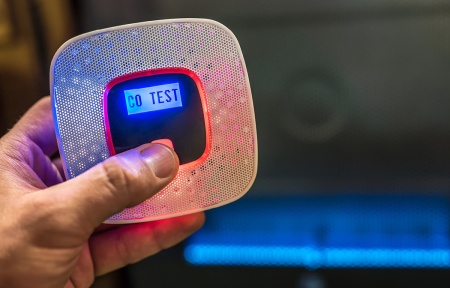It has been a few years since I last published this article, but it is an extremely important topic. I conduct high-pressure cylinder/liquid container/carbon dioxide cylinder filling classes for GAWDA members all across the country. There are four items that I stress during my training classes that, if done, really reduce the chances of fatality or serious injury to our employees and customers.
1. Hammer test (dead ring) all steel cylinders.
The Department of Transportation (DOT) requires all steel cylinders approved to go 10 years between requalification to pass a hammer test prior to each fill. Hammer testing is a simple procedure that has been used for decades. To perform this test, use a ball-peen hammer to lightly strike the sidewall of an empty, unpressurized cylinder. If the sound produced is a clear bell tone, the cylinder is clean and free of corrosion. If the sound is dull or dead, the cylinder may be corroded or contain a foreign material. In that case, tag the cylinder out of service and have it inspected. (Note that a hammer test is not effective on aluminum cylinders.)
I know of two cylinder failures in the past few years (one fatality and one near miss) that very likely would not have happened if the cylinder had been given a hammer test. Both cylinders were in oxygen service and had water in them when filled. Both cylinders were also extremely corroded and pitted on the inside from 100 percent oxygen and 100 percent humidity. Each had been hydrotested within two years of failure. Therefore, I now recommend during my training sessions that all steel cylinders be hammer tested prior to filling, not just those approved for 10 years.
2. Verify that you can see through the holes on the safeties of liquefied gas cylinders, such as those containing carbon dioxide and nitrous oxide.
If a fusible metal-backed safety gets installed onto a liquefied gas cylinder, then someone has a made a bomb just waiting to go off. Overfill the cylinder or expose it to high temperatures — causing the cylinder to go hydrostatic full — and the resulting pressure can rupture the cylinder. If there is nothing wrong with the cylinder, then the failure pressure can be approximately 2.5 to 3.5 times the stamped service pressure. Therefore, if the cylinder filler will just check prior to filling that they can see through the holes on the cylinder safety or verify the holes are not filled with anything, then they have verified that a fusible metal backed safety has not been installed.
3. Verify that there is a pressure relief device (PRV) on the liquid container before filling.

4. Verify that there is a bursting disc (BD) on a liquid container before filling.
Numbers 3 and 4 go together. I know of two recent instances in which the PRV and BD were removed and the openings were plugged, resulting in a catastrophic failure of the liquid container. Both cases resulted in near fatalities for three people. In both cases, the container filler did not see that the safety devices were removed and plugged. Since then, I have continually emphasized that any person filling a liquid container must first find the pressure gauge and look immediately behind the gauge and ask the very important question: Does it have a PRV and a BD installed?
There are more cylinder filling tips to know and follow to prevent potential problems. These are just four of them that I give special emphasis to during my cylinder filling classes. Please verify that your cylinder filling people know these four items and use them. Doing so could save the life of an employee or a customer.






